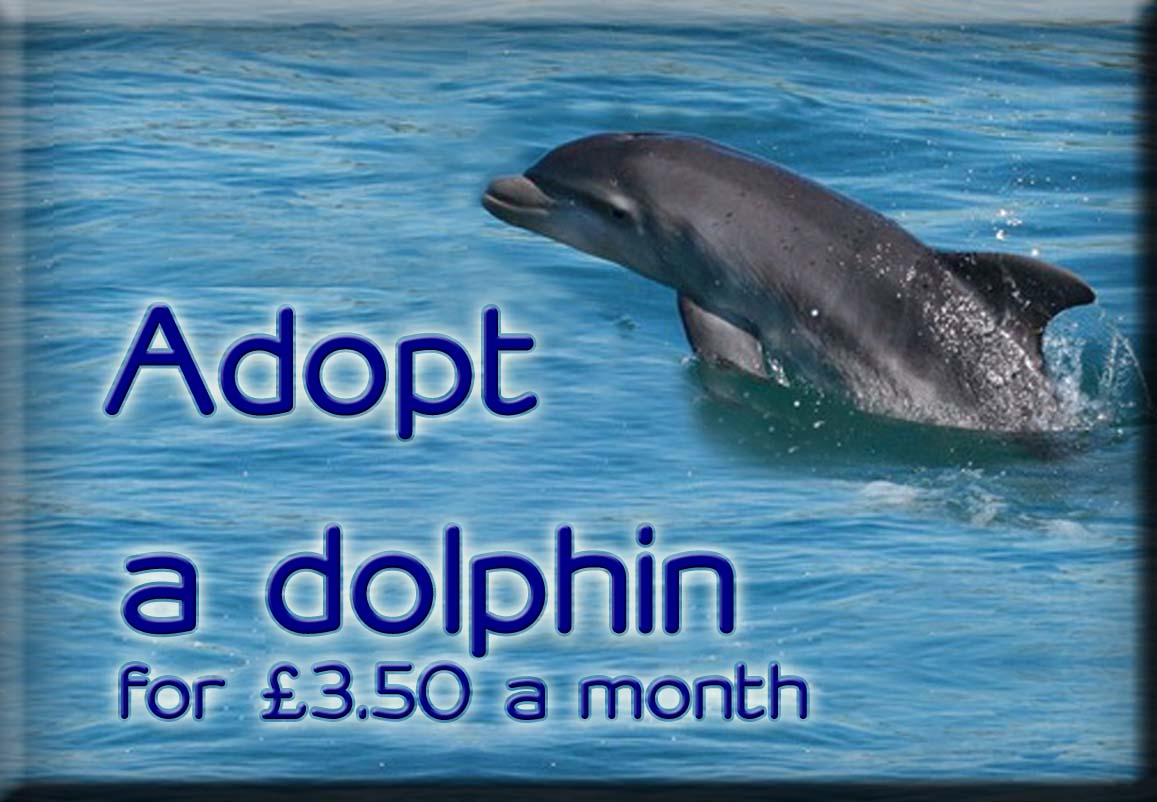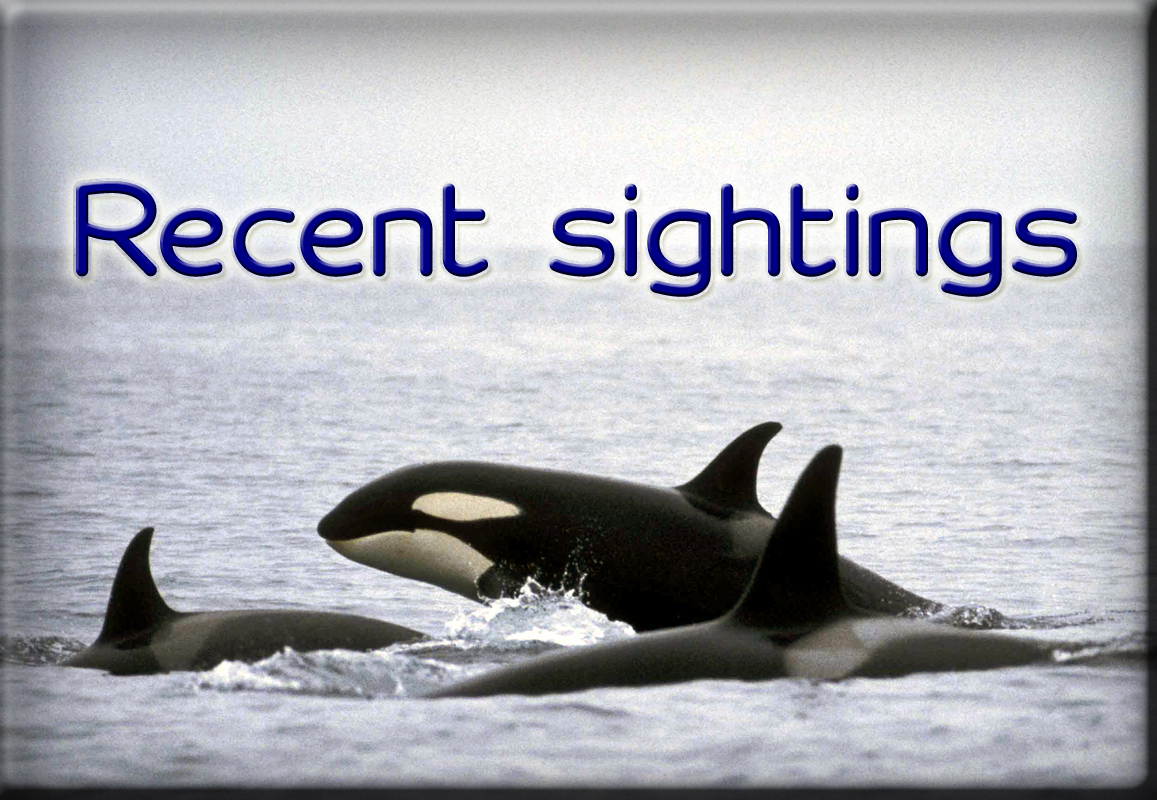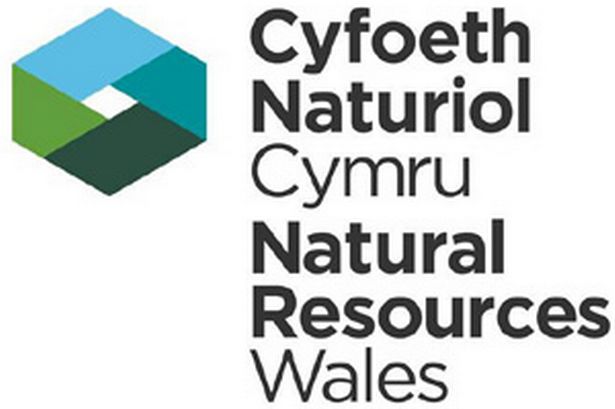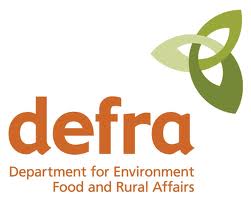The Prince Madog has now returned to Menai Bridge following 4 weeks of surveying in the Celtic Sea and Western Approaches. All 20 benthic stations were successfully visited, with hundreds of containers containing samples now ready for analysis. Dr Leigh Howarth and his students will start identifying and counting specimens including worms, echinoderms and amphipods in the next few weeks. The larger specimens collected from these stations, including fish and crustaceans, were identified and counted in-situ before being returned. Almost 70 hours of seabird and/or cetacean surveys were also completed, many of these with simultaneous hydroacoustic surveys recording the distribution of prey items. All pre-planned transects were completed, including a large-scale survey of the Celtic Sea covering a broad range of habitats. Whilst particularly noteworthy observations were absent in the final few weeks, a few spectacular foraging flocks of auks and Manx shearwaters were encountered, whereas common dolphins were once again commonplace. Differences were once again seen between Atlantic puffins, common guillemots and razorbills – which will be investigated further. Tidal fronts in Pembrokeshire also yielded large flocks of foraging auks. This area is well known to be an important foraging area for many species. A large group of harbour porpoise were encountered at Point Lynas, along with several thousand guillemots and razorbill, which provided a nice welcome back to Anglesey for the tired scientific crew – several of which had been onboard for the whole 4 weeks! The scientific crew also enjoyed a daytrip around Skomer Island whilst moored at Milford Haven for several days last week – being treated to large flocks of puffins and razorbills whilst also enjoying the grey seals hauled out at North Stack. Days onshore are welcome during these long cruises, and form an essential part of maintaining morale – although many considered it odd that on the one day onshore the scientific crew went on a boat trip! Analysis by Dr James Waggitt and Dr Peter Evans will focus on species use of different physical habitats, in particular the importance of tidal energy in creating foraging opportunities. This will be compared to similar surveys performed in collaboration with the RSPB in the Hebrides last year.
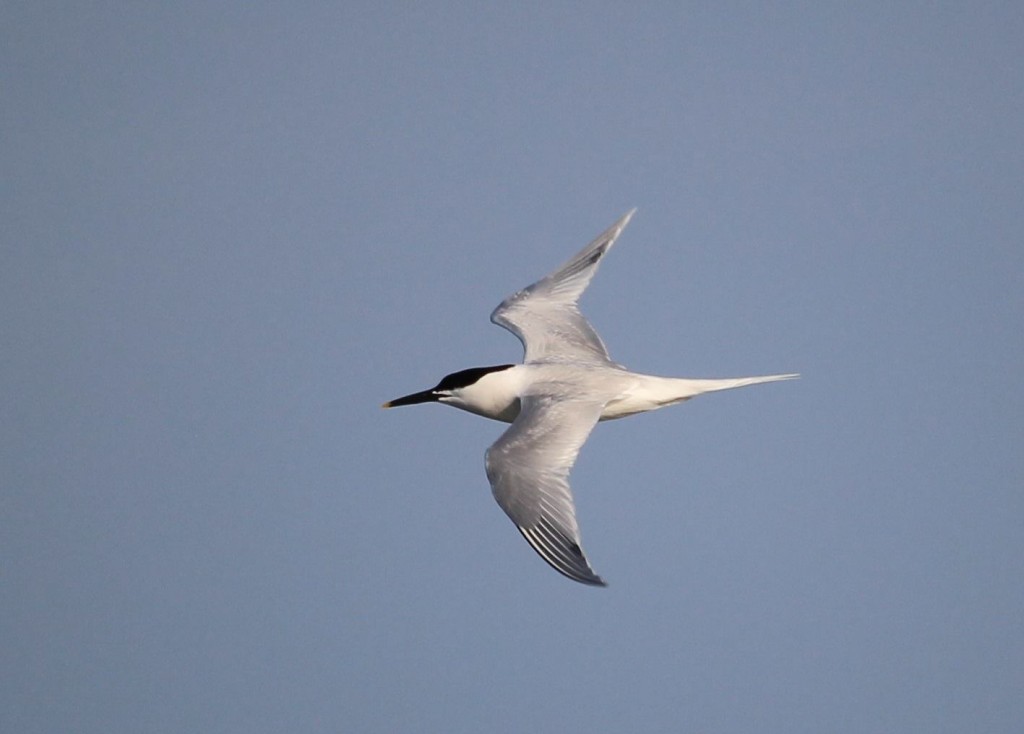 Sandwich terns were seen on the vessels return to Anglesey, commuting out from their breeding colonies to feed in the fast currents along the northern coastlines.
Photo by Dr James Waggitt/ Sea Watch Foundation.
Sandwich terns were seen on the vessels return to Anglesey, commuting out from their breeding colonies to feed in the fast currents along the northern coastlines.
Photo by Dr James Waggitt/ Sea Watch Foundation.
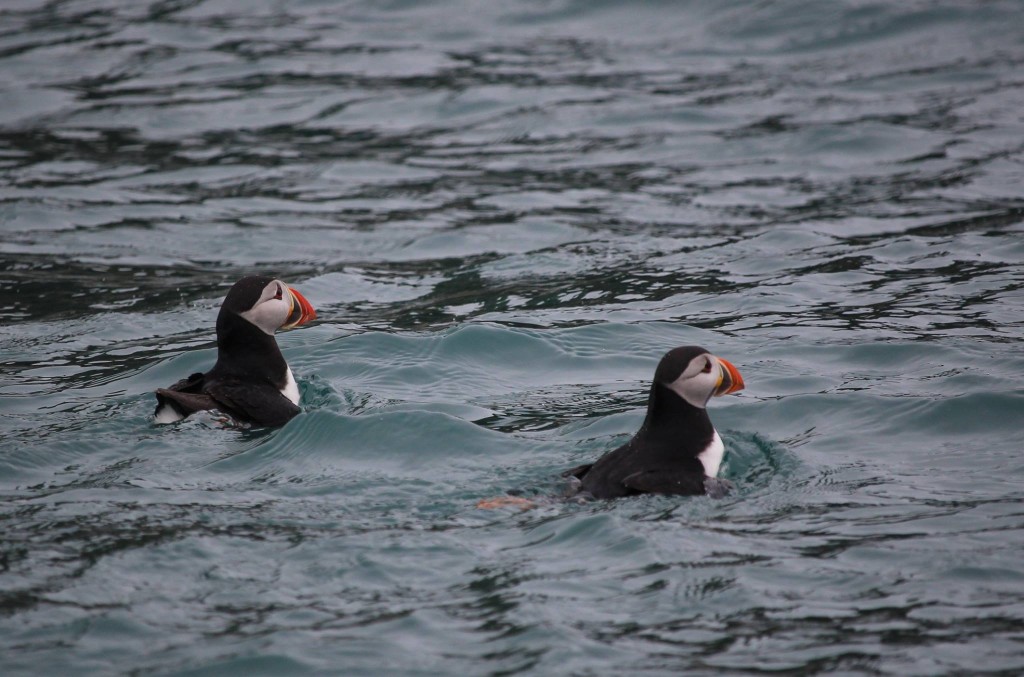 Atlantic puffins were seen throughout transects performed in the Celtic Sea, but the closest encounters occurred on a scientific-crew daytrip to Skomer Island where thousands have started to assemble before the breeding season. Photo by Dr James Waggitt/ Sea Watch Foundation.
Atlantic puffins were seen throughout transects performed in the Celtic Sea, but the closest encounters occurred on a scientific-crew daytrip to Skomer Island where thousands have started to assemble before the breeding season. Photo by Dr James Waggitt/ Sea Watch Foundation.
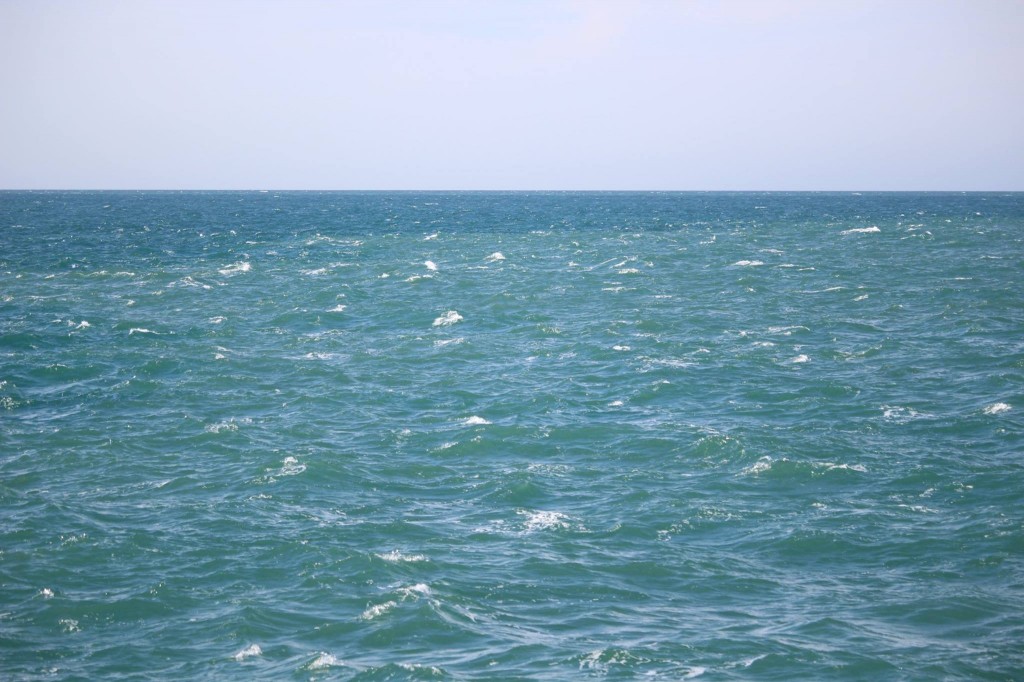 Tidal fronts occur between areas of shallow mixed water characterised by high tidal energy, and deeper and stratified water where tidal energy is dispersed. In good conditions these form conspicuous features on the water surface, as here around the Smalls lighthouse in Pembrokeshire. Large numbers of puffins, common guillemots and razorbills were encountered in this area.
Photo by Dr James Waggitt/ Sea Watch Foundation.
Tidal fronts occur between areas of shallow mixed water characterised by high tidal energy, and deeper and stratified water where tidal energy is dispersed. In good conditions these form conspicuous features on the water surface, as here around the Smalls lighthouse in Pembrokeshire. Large numbers of puffins, common guillemots and razorbills were encountered in this area.
Photo by Dr James Waggitt/ Sea Watch Foundation.
 Razorbill (left) and common guillemots (right). Common guillemots and razorbills look quite different in good conditions, but discriminating among these species can sometimes be problematic. However, these species have quite different foraging behaviours – common guillemots tend to perform small numbers of deep dives and capture single large fish near the seabed whereas razorbills often perform frequent shallow dives to capture multiple small prey items near the surface. Successfully discriminating between these species in-the-field can therefore offer useful insights into how these differences effect their habitat choice. Photo by Dr James Waggitt/ Sea Watch Foundation.
Razorbill (left) and common guillemots (right). Common guillemots and razorbills look quite different in good conditions, but discriminating among these species can sometimes be problematic. However, these species have quite different foraging behaviours – common guillemots tend to perform small numbers of deep dives and capture single large fish near the seabed whereas razorbills often perform frequent shallow dives to capture multiple small prey items near the surface. Successfully discriminating between these species in-the-field can therefore offer useful insights into how these differences effect their habitat choice. Photo by Dr James Waggitt/ Sea Watch Foundation.

